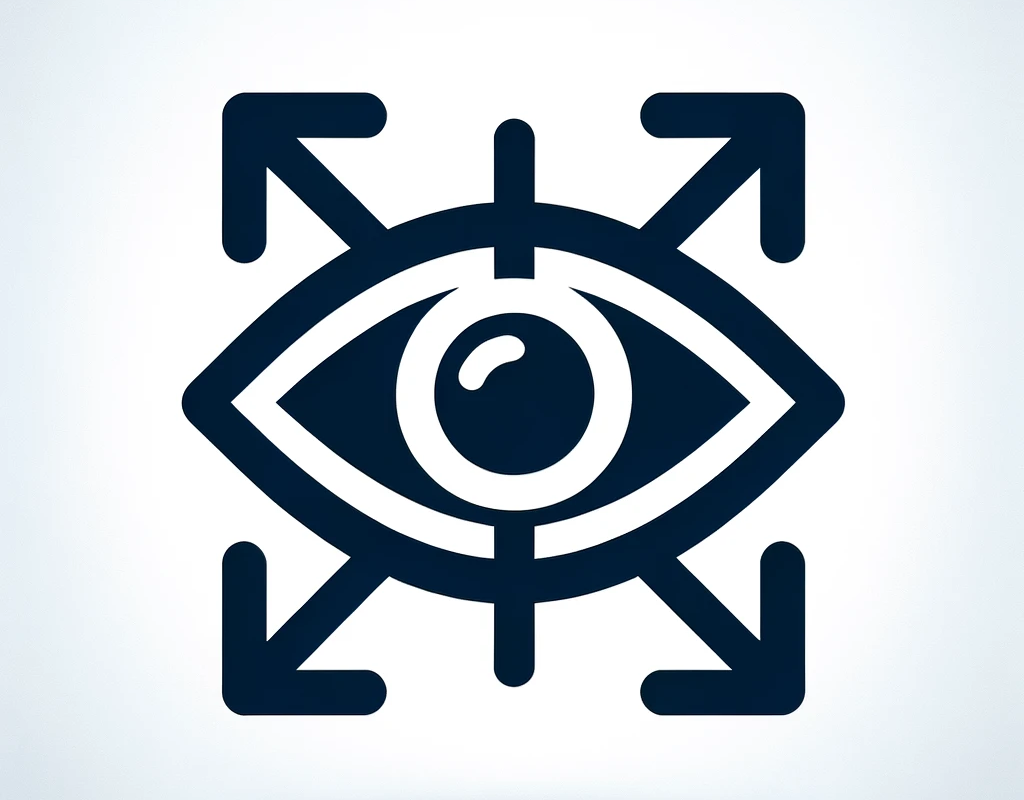Understanding the nodal point in panoramic photography is crucial for capturing seamless and distortion-free panoramic images. The nodal point, also known as the entrance pupil or the no-parallax point, is a specific point within your camera and lens system where light rays converge and cross without causing parallax error. Parallax error occurs when objects in the foreground and background appear misaligned or distorted in the final panoramic image. To achieve accurate and distortion-free panoramas, it's essential to know how to locate and work with the nodal point.
Here are the key concepts to understand about the nodal point in panoramic photography:
Parallax Error: Parallax error happens when objects at different distances from the camera have different relative positions when you pan or tilt the camera to capture multiple images for stitching into a panorama. This misalignment results in difficulties during post-processing and can lead to visible stitching errors in the final image.
Entrance Pupil and Nodal Point: The entrance pupil is the apparent location within your camera lens system where light rays entering the lens converge and cross. The nodal point is the specific point within the lens system where this convergence occurs without causing parallax error. To avoid parallax issues in panoramic photography, it's essential to rotate your camera around the nodal point.
Finding the Nodal Point: Locating the nodal point can be a bit challenging, as it varies from one camera and lens combination to another. Here's a basic process to help you find it:
a. Set up your camera on a tripod and frame your subject. b. Find a reference point in your scene, preferably a near object. c. Without changing the framing or zoom setting, rotate your camera horizontally on the tripod. d. Observe if the reference point stays stationary in your viewfinder as you rotate the camera. If it doesn't, adjust the camera's position on the tripod until the reference point remains fixed. e. Once you've found this point, mark it on your tripod rail or note the distance of your camera from the tripod head as this is the nodal point for horizontal rotation. Repeat the process for vertical rotation if needed.
Nodal Slide or Panoramic Head: To make it easier to adjust the camera around the nodal point, you can use specialized equipment like a nodal slide or a panoramic head. These accessories allow precise control over the camera's positioning and rotation, making it easier to capture distortion-free panoramic images.
Shooting Technique: When capturing panoramic images, rotate the camera around the nodal point to maintain alignment between foreground and background objects. Take overlapping shots, typically by about 20-30%, to provide sufficient overlap for stitching software to work effectively.
In conclusion, understanding the nodal point in panoramic photography is essential for achieving high-quality, distortion-free panoramas. By locating the nodal point and using proper shooting techniques, you can create stunning panoramic images with accurate alignment and minimal post-processing effort.











